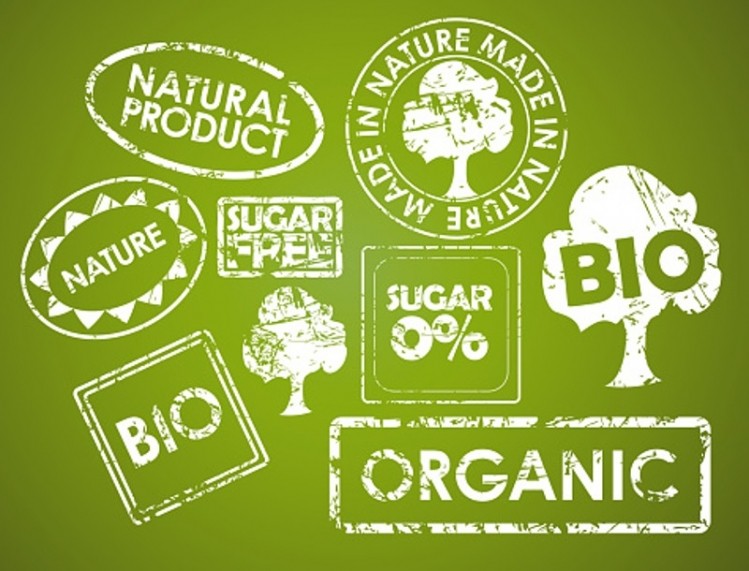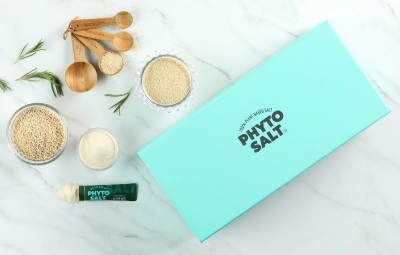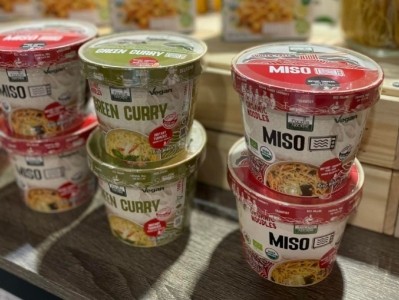South Korea nutrition claims: Tougher criteria imposed for RTE and RTC products

South Korea has been on the warpath against high-salt and high-sugar foods and beverages for the past several years, especially within the instant convenience foods space. This culminated in the development of strict standards to define low-salt and low-sugar foods and beverages last year which were enforced starting with instant noodles or ramen earlier this year, this being a staple food for the nation.
Several months on, the government has now prepared to expand the reach of these healthier product labelling standards to more products in the country, starting with RTE and RTC instant foods.
“We already know from a 2021 consumer perception survey of 2,147 consumers that 85.7% are willing to reduce their consumption and/or purchase of foods high in sodium and sugar, and 89.9% of respondents are willing to purchase products that are low-sodium and low-sugar,” Ministry of Food and Drug Safety (MFDS) Minister Kim Kang-lip said via a formal statement.
“So far we have enforced stricter standards on making healthier product claims such as low-salt and low-sugar to instant noodles, but now we will be expanding this to apply to several more categories including RTE instant foods such as triangle gimbap and RTC instant foods such as soups (e.g. beef seaweed soup, radish soup, ribs/galbi-tang, etc.), stews (e.g. kimchi stew, soybean/doenjang-jjigae, etc.) and hotpots (e.g. dumpling/mandu hotpot, intestines/gopchang hotpot, etc.).
“Apart from food manufacturers and processors, distributors will now also be able to use healthier labelling if their products meet the required standards. It should also be noted that the next item in the pipeline for this change is frozen rice.”
According to MFDS’ latest standards, products are considered to have met sodium and sugar reduction labelling standards if these are: 1) Reduced by 10% or more from the average value of products on the market, or 2) Reduced by 25% or more compared to the other similar products manufactured by the firm.
Upon meeting these criteria, the products will then be allowed to be labelled with claims including ‘less sweet’, ‘less salty’, ‘reduced sodium’ and so on.
Taking things seriously
To further emphasise South Korea’s determination to bring down the sodium and sugar consumption levels in its population, the ministry has also established two specific ‘Low Sugar and Low Sodium Practice Headquarters’ in the country, aimed to equip the public with more knowledge to make the right purchasing choices.
“The Low Sugar and Low Sodium Practice Headquarters have been inaugurated as a private consultative body composed of experts from the medical, academia, industry, media, and consumer groups, with the aim of spreading a culture of practicing healthy eating in South Korea,” Kim said at the recent launch of the second headquarters.
“[This is an important development because] although public awareness of low-sugar and low-salt practices has spread through various efforts, South Koreans’ sodium intake at around 3,220mg still remains 1.6 times higher than the recommended standard of 2,300mg
“The sugar intake of children and adolescents is also very high, so we have found it necessary to more effectively promote policies [and bring these closer to the public] so as to further reduce sodium and sugar consumption in the future.”
South Korea aims to reduce its national average sodium consumption to 3,000mg by 2025, from the 3,220mg identified by the National Health and Nutrition Survey in 2020.






















